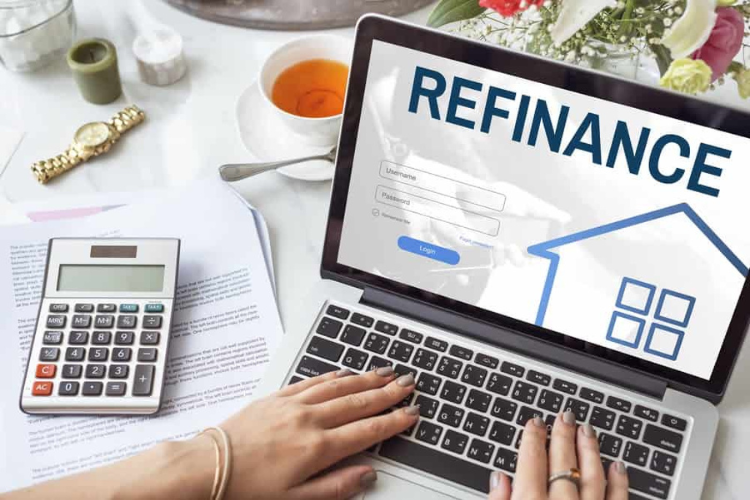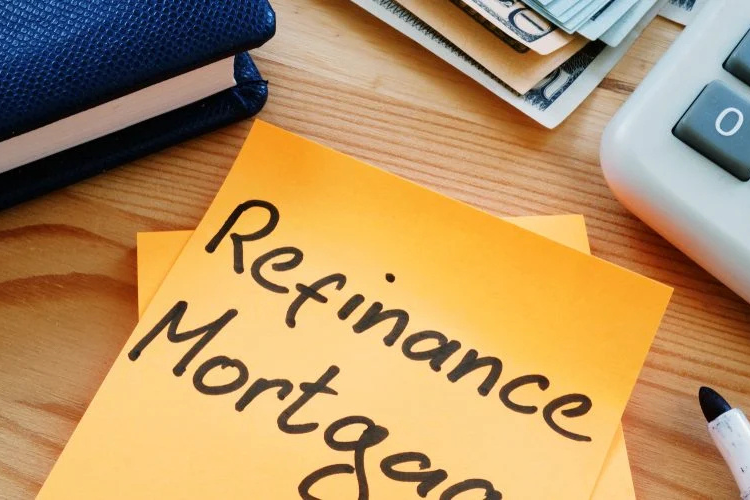Mortgage refinancing can be a crucial financial decision for homeowners seeking to improve their financial situation. Whether you’re looking to lower your monthly payments, consolidate debt, or tap into your home’s equity, understanding the ins and outs of mortgage refinancing is essential. This article will cover everything you need to know about mortgage refinancing this year, including the various mortgage options available, the process involved, and how to make the most of your refinancing experience.
Understanding Mortgage Refinancing

Mortgage refinancing involves replacing your existing home loan with a new one, typically with better terms or interest rates. This process can provide homeowners with significant financial benefits. Here, we will explore the key aspects of refinancing your mortgage.
Benefits of Mortgage Refinancing

- Lowering Interest Rates: One of the primary reasons homeowners choose to refinance is to take advantage of lower interest rates. A lower rate can lead to substantial savings over the life of the loan.
- Changing Loan Terms: Refinancing allows you to adjust the length of your loan. You can switch from a 30-year mortgage to a 15-year mortgage to pay off your home faster or vice versa to reduce monthly payments.
- Accessing Home Equity: If your home has increased in value, refinancing can help you access that equity for home improvements, debt consolidation, or other financial needs.
- Switching Loan Types: Homeowners can also change from an adjustable-rate mortgage (ARM) to a fixed-rate mortgage for more predictable payments.
Types of Mortgage Options

When considering mortgage refinancing, it’s essential to understand the various mortgage options available:
- Fixed-Rate Mortgages: These loans have a consistent interest rate throughout the term. They provide stability in monthly payments, making budgeting easier.
- Adjustable-Rate Mortgages (ARMs): ARMs have interest rates that may change periodically based on market conditions. They often start with lower rates, but payments can increase significantly over time.
- Cash-Out Refinancing: This option allows homeowners to refinance for more than they owe on their mortgage, taking the difference in cash for other expenses.
- Streamlined Refinancing: Some lenders offer simplified refinancing processes for certain loan types, making it easier and faster for homeowners to refinance.
The Mortgage Refinancing Process

Understanding the refinancing process can help you navigate it more effectively. Here are the key steps involved:
- Assess Your Financial Situation: Before refinancing, evaluate your credit score, current mortgage terms, and financial goals.
- Shop for Lenders: Research various lenders to compare interest rates, fees, and loan options. Look for lenders that specialize in home loan refinance.
- Gather Required Documentation: Prepare necessary documents such as income verification, tax returns, and current mortgage statements.
- Submit Your Application: Complete the application process with your chosen lender, providing all required information.
- Undergo the Approval Process: The lender will review your application, conduct a credit check, and may require a home appraisal.
- Close on the New Loan: Once approved, you’ll attend a closing meeting to sign the necessary paperwork and finalize the refinance.
Five Frequently Asked Questions
1. Is refinancing worth it?
Refinancing can be worth it if you can secure a lower interest rate, reduce your monthly payments, or access your home equity. However, it’s essential to consider the closing costs and how long you plan to stay in your home.
2. How much does it cost to refinance?
The cost of refinancing varies but typically includes closing costs ranging from 2% to 5% of the loan amount. It’s crucial to factor these costs into your decision.
3. How long does the refinancing process take?
The refinancing process can take anywhere from a few weeks to a couple of months, depending on the lender and your financial situation.
Conclusion
Mortgage refinancing can be a powerful financial tool for homeowners looking to improve their financial standing. By understanding the benefits, options, and processes involved, you can make informed decisions that align with your financial goals. Remember to assess your situation, shop for the best rates, and consider the long-term implications of refinancing.
Ready to take control of your finances? Start planning your mortgage refinancing today! For more tips on managing your finances, check out our articles on How to Choose the Right Online College Programs and Passive Income Ideas to Earn Extra Money.

